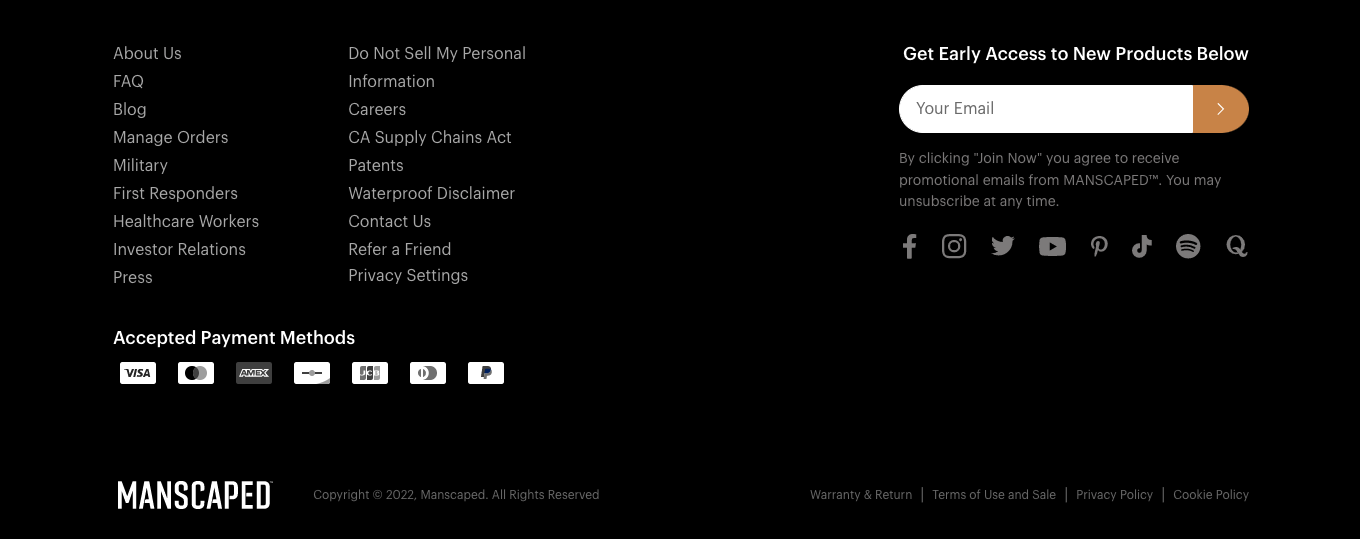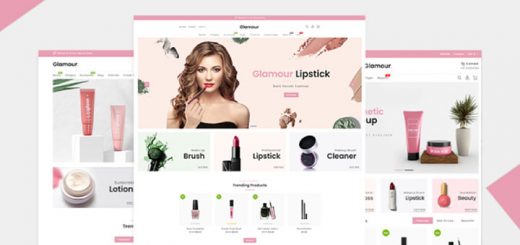10 Items You Could Put in the Footer of Your Website
If you give the footer some room on your website, it may perform a lot of work for you. The footer may be used to contain a range of helpful features in addition to your most crucial links and legal information.
These are 10 items that you might want to put in the footer of your website.
1. Your Physical Address and Contact Information
If your business has a physical location, you should make sure that everyone who visits knows where to locate you. Your contact information will be visible on every page of your website if you include your physical address, phone number, or email in the footer.
2. Social Accounts
While it may not be your top priority, you do want people to follow you on social media. For the majority of businesses, it will come after completing a purchase or contacting them. In light of this, the footer is a suitable location for your social network connections. They won’t take attention away from more crucial information, but curious visitors can still easily locate them.
3. Logo and/or Tagline
One other place to provide your primary branding information is in the footer. Your logo and slogan may be included in the footer, along with significant links and an email registration form.
4. Email Signup
Every company that has an email list desires to increase email signups. To ensure that every visitor understands where and how to subscribe if they wish to, a sign-up form should be included to the footer.
5. Secondary Menu or Sitemap
A second menu might be used in the footer, however this one would have more space for pages and categories. It may also provide a condensed sitemap of all your important pages.
6. Social Proof
Using social evidence to persuade customers that your brand is reliable is an effective strategy. You may add some more credibility by including endorsements, five-star ratings, honors, and certificates in the bottom of your website. In the bottom, you may provide both your product/service certification and your Google Reviews star rating.
7. Links To Your Most Crucial Content
You may use the footer to promote your content. To increase traffic to your most current entries, you might include a blog feed or links to some of your best sources.
8. Press Info
A great strategy for your company to promote what you do is through press coverage. But many companies make it difficult for the media to locate the information they need to highlight your brand. Put press information (or a link to it) directly in your footer to make things simple.
9. Your Mission or Values
More than 70% of customers claim that brands whose values coincide with their own increase their likelihood of purchasing from them. So make sure your consumers can locate your values.
10. All The Legal Stuff
This contains links to your terms of service (TOS) and privacy policy. Also, to protect your content and let people know that your website is updated often, provide copyright information (with the year).
Here are website footer design best practices examples:













